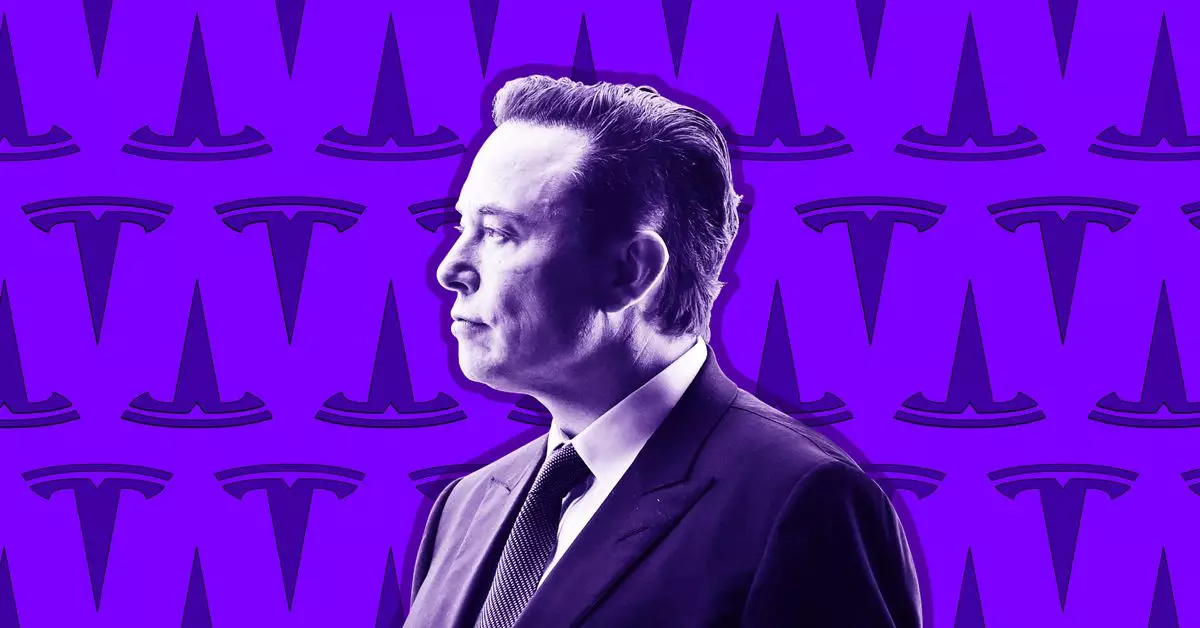Tesla, the pioneering electric vehicle company led by CEO Elon Musk, has recently made headlines for its aggressive cost-cutting measures, resulting in the layoff of at least 500 employees from the Supercharger business division. This move has sent shockwaves through the industry as Tesla was on the cusp of establishing its vehicle charging plug as the standard in North America. The timing of these layoffs could not have been worse, leaving stakeholders and competitors apprehensive about the future of Tesla’s charging infrastructure.
Elon Musk has stated that the leaner team in the Supercharger division will focus on achieving ‘100 percent uptime’ rather than expanding the network with new locations. However, the reality on the ground paints a different picture, with reports indicating that reduced manpower will hamper the team’s ability to respond to outages effectively. This raises concerns about the sustainability of Tesla’s Supercharger network and its ability to meet the growing demand for electric vehicle charging.
Despite Tesla’s claims of expanding its network to support electric vehicles from other manufacturers, recent developments tell a different story. The company accepted substantial federal grants for EV charging infrastructure before gutting the Supercharger team, leading to the cancellation of several planned locations. Reports of bounced emails and stalled projects indicate a chaotic situation within Tesla’s charging division, leaving customers and contractors in the lurch.
The fallout from Tesla’s cost-cutting measures extends beyond the company itself, impacting partners like Hilton, who have engaged in contracts to install thousands of chargers at their hotels. The delay in providing CCS-to-NACS adapters to owners of other electric vehicles further compounds the problem, raising questions about Tesla’s commitment to supporting a diversified electric vehicle ecosystem. The uncertainty surrounding the future of Tesla’s charging infrastructure has left many in the industry wary of what lies ahead.
Rebecca Tinucci, the former head of Tesla’s Supercharger division, played a pivotal role in establishing Tesla’s Supercharger network as the gold standard in the industry. Her efforts to expand the network and facilitate compatibility with other manufacturers’ electric vehicles were instrumental in Tesla’s success. However, her departure, along with the mass layoffs in the Supercharger team, has put Tesla’s dominance in the electric vehicle charging infrastructure at risk.
Tesla’s recent cost-cutting measures have had far-reaching implications on its charging infrastructure and the broader electric vehicle ecosystem. The layoffs in the Supercharger division have raised concerns about the company’s ability to maintain its Supercharger network’s reliability and scalability. As competitors and stakeholders watch closely, the future of Tesla’s charging infrastructure hangs in the balance, highlighting the challenges inherent in balancing cost-efficiency with sustainable growth in the rapidly evolving electric vehicle industry.


Leave a Reply
You must be logged in to post a comment.